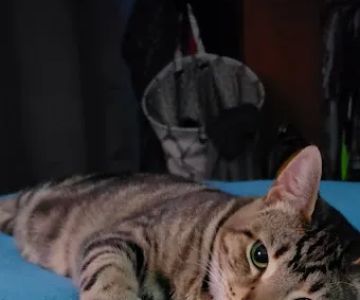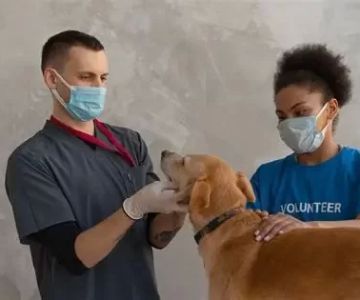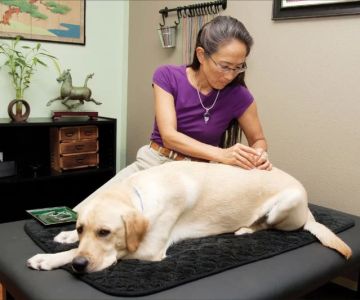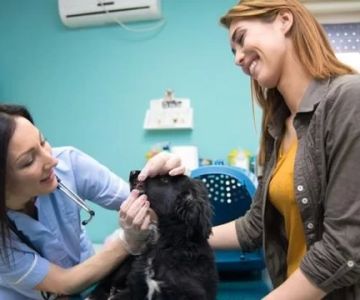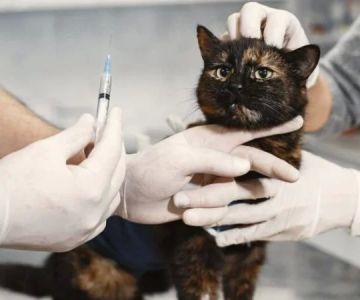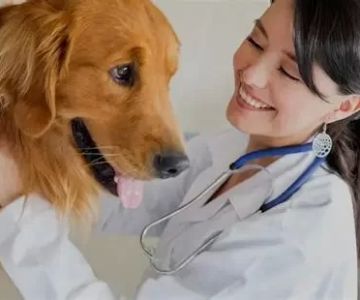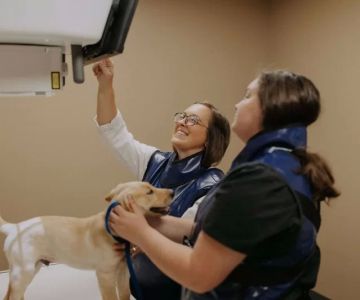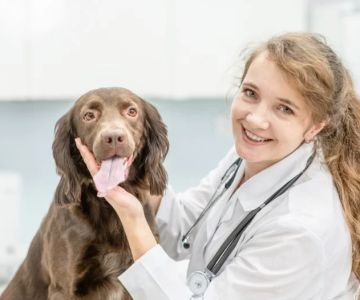Can Veterinary Nurses Intubate? Understanding Their Role in Animal Care
- Role of Veterinary Nurses in Animal Care
- Can Veterinary Nurses Perform Intubation?
- Training and Qualifications for Veterinary Nurses
- The Importance of Intubation in Veterinary Practice
Role of Veterinary Nurses in Animal Care
Veterinary nurses, much like their counterparts in human healthcare, are essential to the well-being of animals. I’ve always found the role of veterinary nurses to be both rewarding and challenging, as they handle a range of tasks that support veterinarians and help ensure the comfort of the animals in their care. Veterinary nurses are responsible for administering medications, monitoring vital signs, preparing animals for surgery, and assisting in post-operative care. Their expertise is critical in providing the best care possible, and their work goes beyond just technical tasks—veterinary nurses also offer emotional support to anxious pet owners.
While veterinary nurses play a crucial role in many aspects of veterinary practice, there are certain procedures, such as intubation, that require specialized skills and training. Intubation, which involves inserting a tube into the airway of an animal to ensure proper ventilation, is an important procedure that is typically associated with anesthesia and critical care. But the question arises: can veterinary nurses perform intubation themselves, or is this solely within the scope of a veterinarian's duties?
Can Veterinary Nurses Perform Intubation?
Intubation is a critical skill, especially in surgeries or emergency situations, and it’s something that many veterinary nurses are trained to do, though the regulations and scope of practice vary by country and jurisdiction. In my experience, veterinary nurses are often trained to assist with intubation during surgeries and critical care situations. However, in many regions, the authority to perform intubation may be limited to veterinarians due to the complexity and potential risks involved in the procedure.
That being said, in certain settings where veterinary nurses have received additional certifications or training, they may be allowed to perform intubation under the supervision of a veterinarian. For instance, veterinary nurses who specialize in anesthesia or critical care may have the skills and experience necessary to intubate animals safely. I recall a time when I was in an animal clinic, and a veterinary nurse performed intubation on a dog undergoing emergency surgery. The nurse had completed advanced anesthesia training and was authorized to carry out the procedure, ensuring the dog’s airway remained open throughout the operation.
Regulations and Responsibilities
The ability of a veterinary nurse to perform intubation depends on various factors, such as local regulations and the nurse’s level of training. In some countries, veterinary nurses may be restricted from performing certain medical procedures, while in others, they are given more responsibility. It’s always best to check the local laws and regulations in your area to understand what veterinary nurses can and cannot do legally. However, in many cases, veterinary nurses can assist in the intubation process or provide support during the procedure under the supervision of a licensed veterinarian.
Training and Qualifications for Veterinary Nurses
Becoming a veterinary nurse requires extensive training, and as someone who has seen firsthand the dedication of these professionals, I can attest to the importance of their education. In general, veterinary nurses need to complete a formal education program that includes both theoretical knowledge and practical experience. In the U.S., this often involves completing an accredited veterinary nursing program and obtaining certification from a professional body, such as the American Veterinary Medical Association (AVMA).
Once qualified, veterinary nurses can choose to specialize in specific areas, such as anesthesia, surgery, or emergency and critical care. For those interested in performing procedures like intubation, additional certifications and training in anesthesia and emergency care are crucial. I’ve known several veterinary nurses who have pursued advanced certifications, enabling them to take on more responsibilities, including assisting with surgeries and performing tasks like intubation.
The Importance of Intubation in Veterinary Practice
Intubation plays a vital role in maintaining the safety and comfort of animals undergoing surgery or anesthesia. When an animal is anesthetized, its airway can become compromised, and intubation ensures that the animal’s airway remains open and unobstructed. Without proper intubation, there is a risk of airway obstruction, which can lead to serious complications, including respiratory failure.
From my perspective, being able to perform intubation—or at least assist with the procedure—greatly enhances a veterinary nurse’s ability to support veterinarians during critical situations. This skill is especially important in high-stress environments like emergency animal hospitals, where quick action can save lives. I’ve personally witnessed how timely intubation can be the difference between life and death for an animal in critical condition, and it’s clear that this skill is invaluable to the veterinary team.
Real-Life Example of Intubation in Practice
One story that stands out to me occurred when a cat was brought into the clinic after being hit by a car. The animal was in shock and needed immediate surgery. The veterinary nurse in charge had just completed an advanced training course in anesthesia and was confident in performing the intubation. With the support of the veterinarian, the nurse intubated the cat smoothly, allowing the team to safely administer anesthesia and proceed with surgery. The cat’s surgery was successful, and the cat recovered well. This experience showed me how essential it is for veterinary nurses to be equipped with the necessary skills to handle emergencies, and intubation was a key part of that care.


